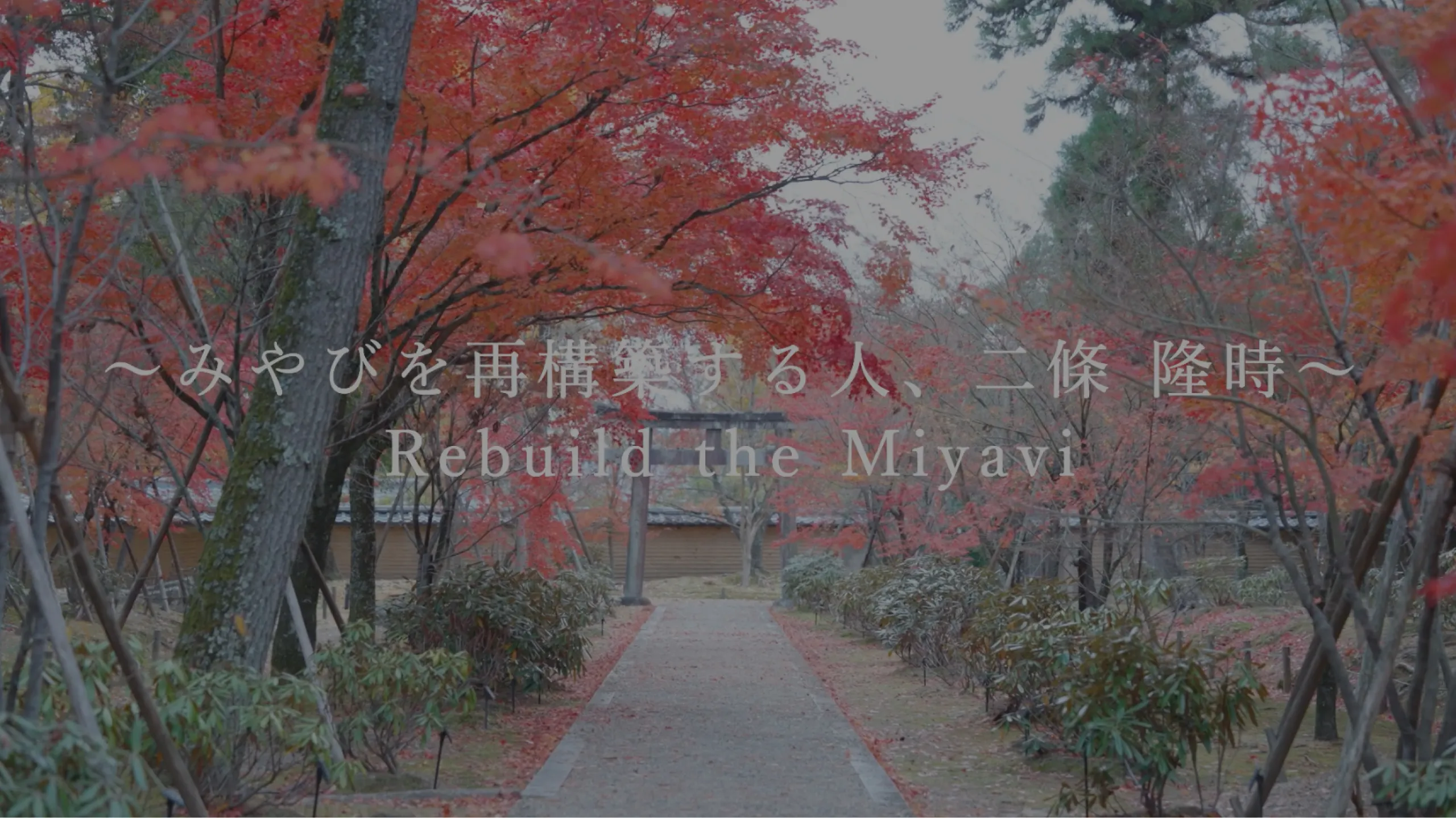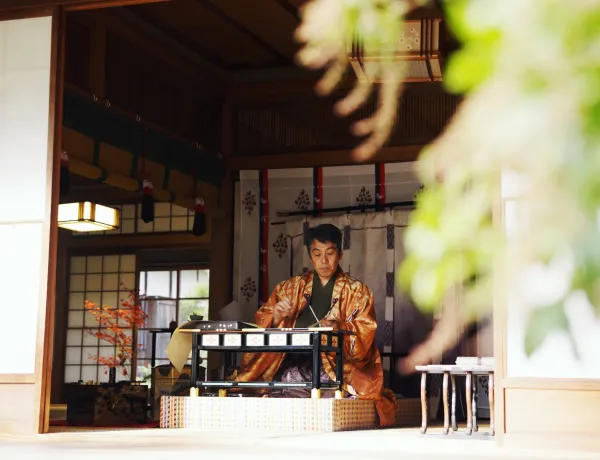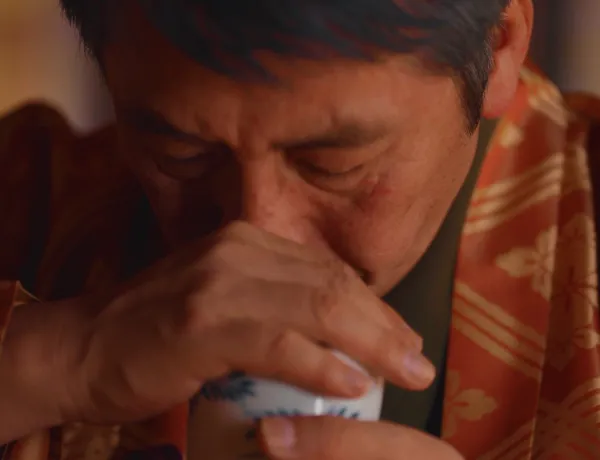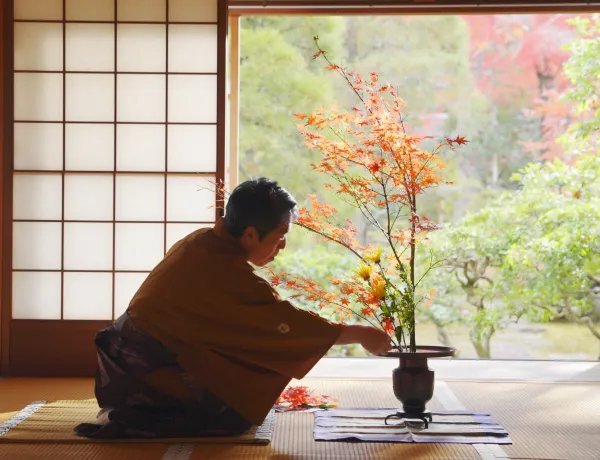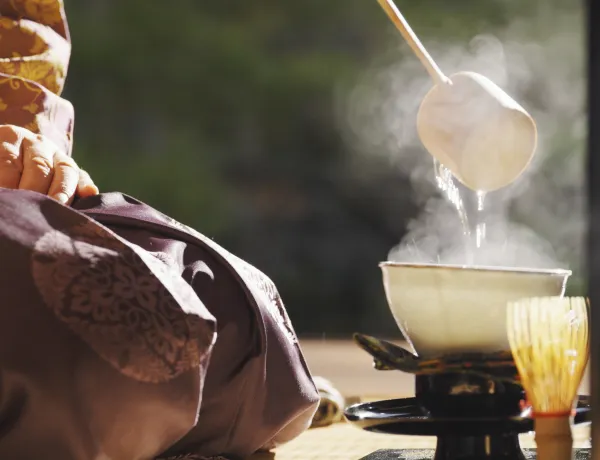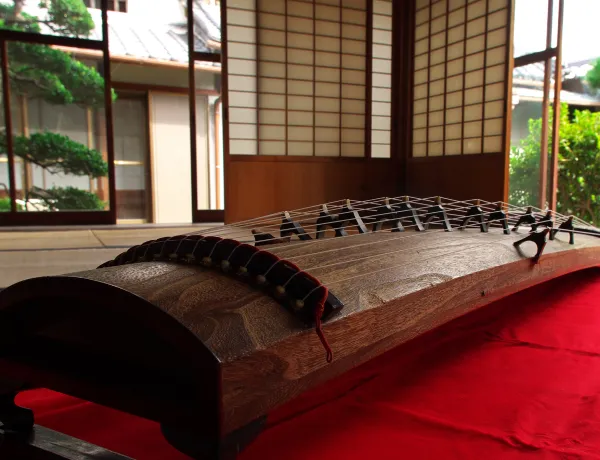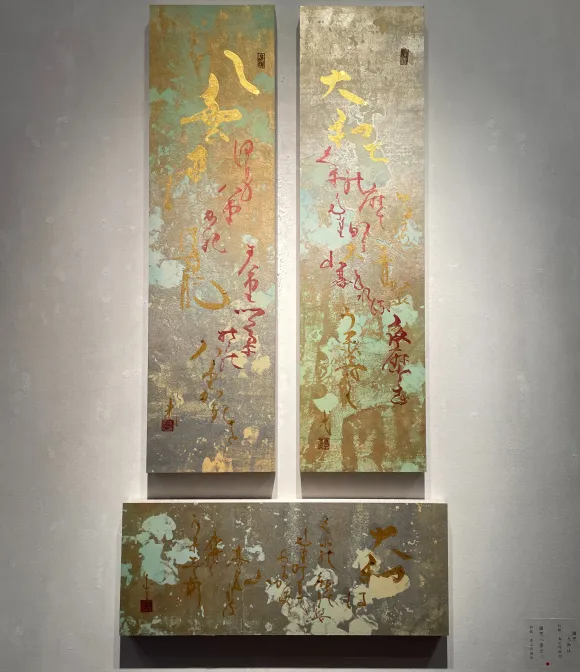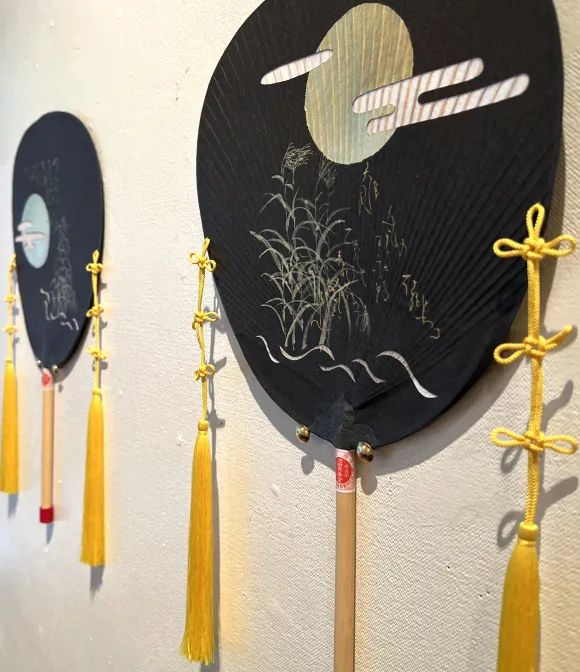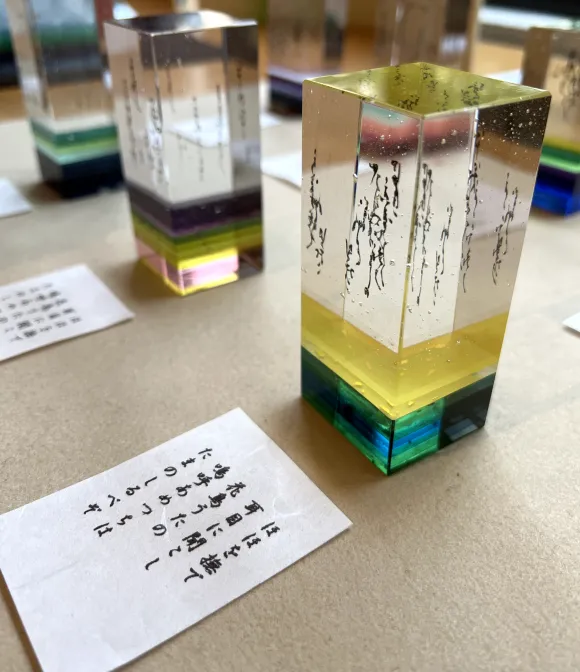雅文化表現者 Takatoki Nijyo's World
Rebuilding the Miyabi
PROFILE Takatoki Nijyo
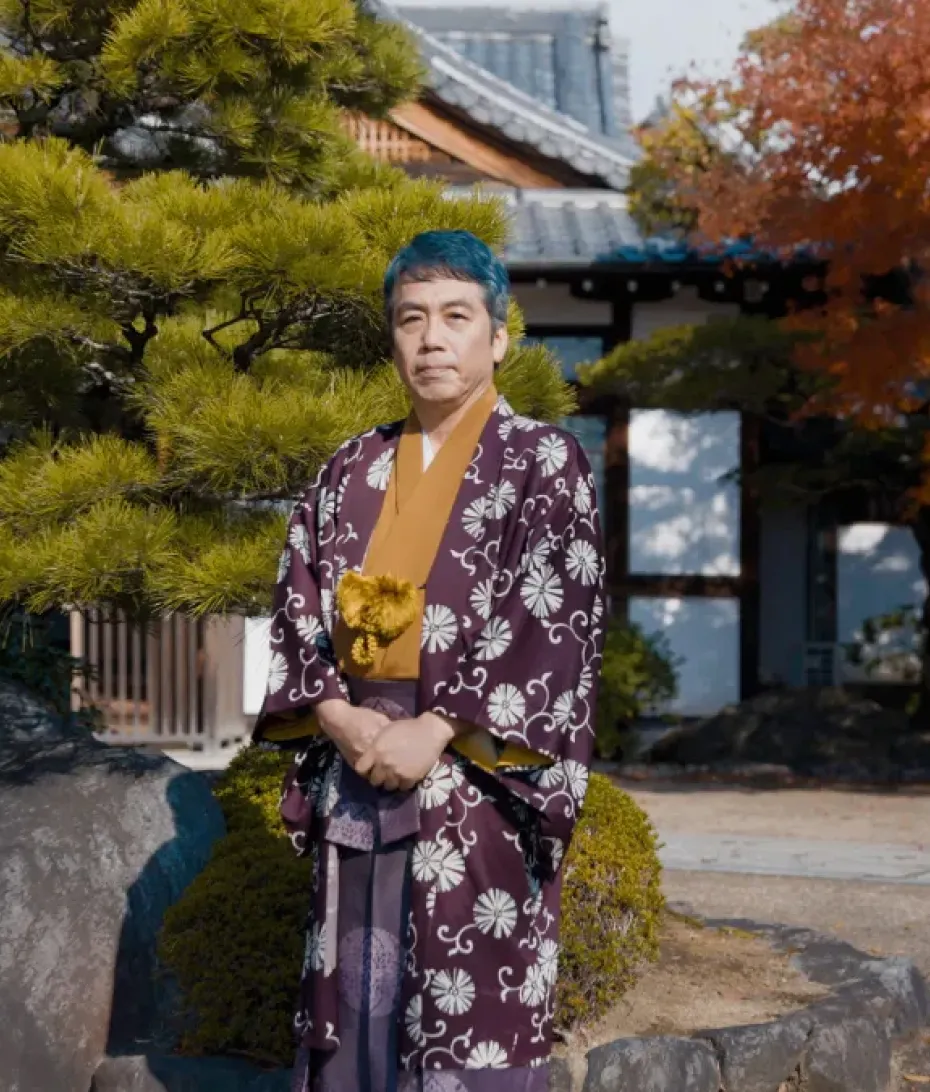
Born in Tokyo in 1964, he began learning under his grandfather, the 15th head of the Nijyo Oie-ryu, Nijyo Tameharu, at the age of three.
He completed a master's program at Kokugakuin University. In 1997, he succeeded as the head of Kōdō, and assumed the position of chief priest at the Ogetsu-miya Shrine.
In 2008, he founded and became the first head of the Kōdō school "Ogetsu-ryu." He also became the president of the government-approved NPO "Association of Kōdō and Japanese Elegance Culture."
Since then, he has worked to spread and popularize Kōdō through introductions and lectures both domestically and internationally, collaborating with the Ministry of Education, Culture, Sports, Science and Technology, the Agency for Cultural Affairs, and the Ministry of Foreign Affairs to hold traditional culture classes for children and introduce Japanese Elegance Culture at overseas embassies.
President of the NPO "Association of Kōdō and Japanese Elegance Culture." Former head of Kōdō Ogetsu-ryu, chief priest of Ogetsu-miya, poet, tea master, calligrapher, and Kōdō master.
CULTURE CULTURE
Warning: include(/home/ahiru0190/q-hub.jp/public_html/wp-content/themes/kyu-web/inc/incTitle.php): Failed to open stream: No such file or directory in /home/ahiru0190/q-hub.jp/public_html/wp-content/themes/kyu-web/inc/nizyo/en/incWorld.php on line 14
Warning: include(): Failed opening '/home/ahiru0190/q-hub.jp/public_html/wp-content/themes/kyu-web/inc/incTitle.php' for inclusion (include_path='.:/opt/php-8.2.22/data/pear') in /home/ahiru0190/q-hub.jp/public_html/wp-content/themes/kyu-web/inc/nizyo/en/incWorld.php on line 14
What is the significance of the “sphere”?
In the Nijyo Oie-ryu, there is a concept called "Enso Kiso" (※ Kanji to be confirmed), which perceives beauty as a "sphere."
Front and back, yin and yang, plus and minus. Not just light, but also the subtle shadows create depth in the artistic space. This philosophy is reflected through his activities and works in flower arrangement, tea ceremony, Kōdō, and calligraphy.
Six Circulating Cultures
The master proposes a unique cultural history view that culture is composed of six phenomena: play (asobi), elegance (miyabi), valor (takebi), rustic simplicity (wabi), quiet simplicity (sabi), and roughness (susabi), which constantly circulate.
According to the master, we are currently in a transitional period of 'roughness' and 'play.' After a chaotic era, the top mode of 'elegance' will return.
What is the Nijyo Family?
The "Konoe," "Kujou," "Nijyo," "Ichijou," and "Takatsukasa" families, as the main line of the Fujiwara clan starting from Fujiwara no Kamatari, held the highest ranks of the court nobility.
Since the Kamakura period, it has been customary for these five families to Successively serve as regents and chancellors, known as the "Five Regent Houses."
Their influence continued until the late Edo period, and even after the abolition of the regency system during the Meiji Restoration, they were still granted the highest rank of nobility, "Duke."
Among them, the Nijyo family, founded by Kujou Michie’s second son Nijyo Yoshizane, produced notable figures such as Nijyo Yoshimoto, a regent during the Nanbokucho period and also known as a poet.
Renowned for their tradition and gentle, calm style of waka, they are celebrated as a family of poetry.
- ※Regent: A position to act on behalf of an emperor when the emperor is a minor, etc.
- ※Chancellor: A position to assist and govern on behalf of the emperor after he reaches adulthood.
